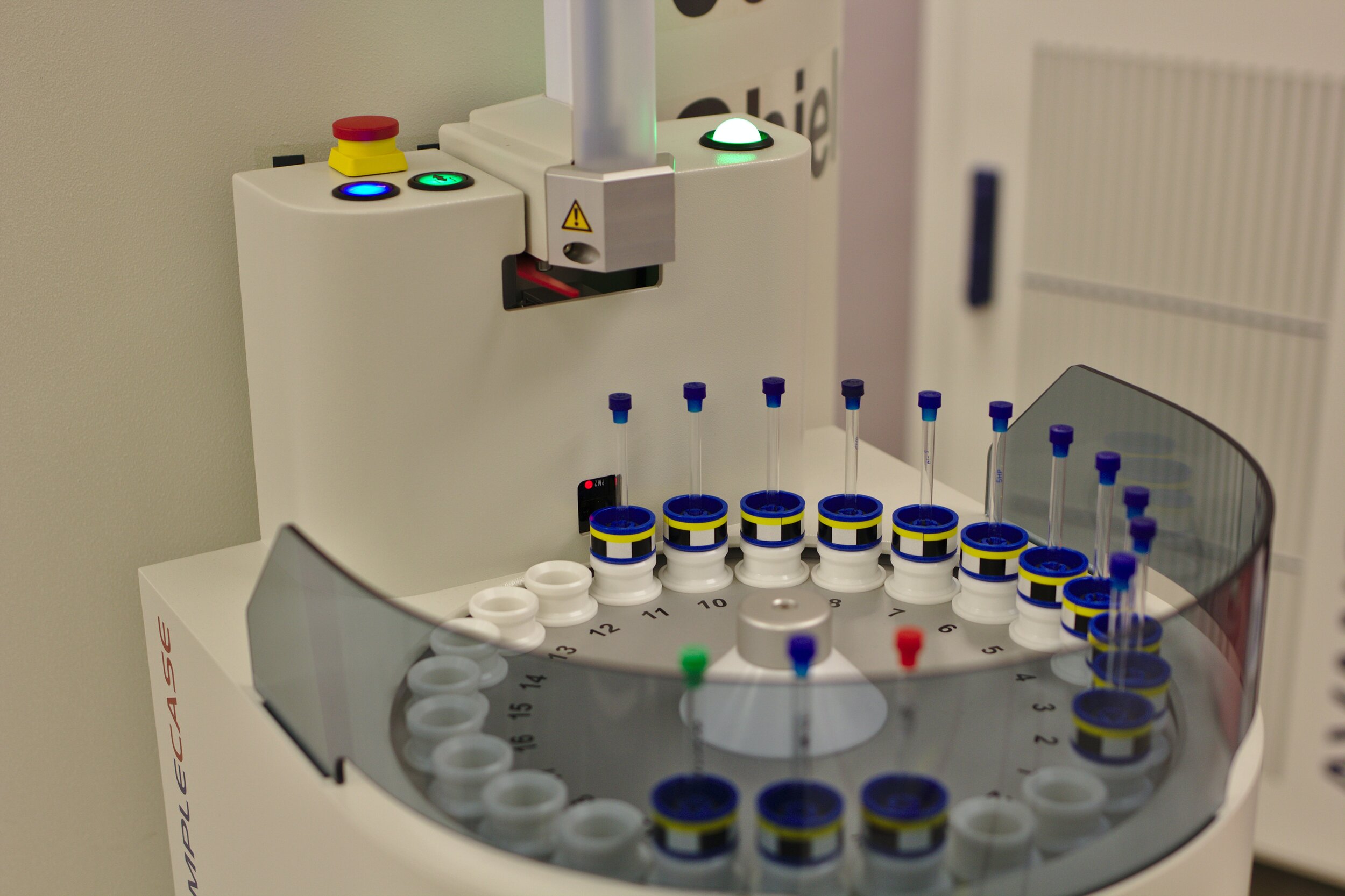
GOLD CATALYSIS
A powerful tool for synthesis
Our group exploits the unique reactivity of electrophilic gold complexes for the discovery of novel and useful reactions that may apply to various areas of organic synthesis. We are also actively involved in the synthesis of new gold(I) complexes in order to discover new modes of reactivity and to improve on existing methods in the field of homogeneous gold catalysis.
Increasing molecular complexity
Owing to the unique reactivity of electrophilic gold catalysts, our group designs and develops catalytic processes which allow for the formation of multiple C-C and/or C-X bonds in a single operation and in a stereoselective manner. Efforts in this regard are currently focused on the formal nitrene transfer of various N-containing nucleophilic partners onto a gold(I)-activated carbon π-system.
HYDROGEN TRANSFER PROCESSES
The generation of highly electrophilic intermediates in gold(I) or Brønsted-acid catalysis presents an excellent opportunity for the use of hydride nucleophiles in synthesis. We have leveraged this reactivity for the hydrofunctionalization of gold(I)-activated alkynes as well as carrying out diastereoselective intramolecular H-atom transfers on activated substrates. We have also taken advantage of radical intermediates in organic synthesis as these species represent a useful platform to affect hydrogen atom abstractions such as in the diastereoselective anti-Markovnikov hydrofunctionalization of alkenes. In both instances described, it has been shown that benzyl and alkyl ethers may behave as traceless and/or redox-active hydrogen atom donors.


